The silo mentality is a long-standing problem many companies face when managing multiple teams. Just like how the grain in farm silos is isolated from outside elements, organizational silos are prone to shutting out communication across the workplace. This leads to rampant process inefficiencies and causes many day-to-day shortcomings that equipment finance companies want to streamline.
SILO MENTALITY: A ROOT OF INEFFICIENCY
Simply put, the Silo Mentality develops when departments in a company struggle to share information with each other. This pattern of behavior limits communication and tends to “reduce trust and morale, and may contribute to the demise of a productive company culture.” These barriers to collaboration result in lost time, money and resources.
Of course, no department is immune to the effects of the Silo Mentality. Once it slides past the reception desk and sets up shop, everyone gets infected. Take marketing and sales for example. A Silo Mentality between the two is the root cause of inconsistent brand messaging and document anarchy. We recommend taking these three steps to break down barriers built by the Silo Mentality, or avoid it in the first place. Start by,
- Establishing a unified company vision
- Embrace departmental alignment
- Experiment with employee advocacy via social media
Let’s look at how these all work together!
STEP 1: ESTABLISH A UNIFIED VISION
How do we manage our time and allocate our attention? What are the dominating forces in our daily schedules, and what is neglected as a result?
These are the questions every company must ask. As Steve Goldhaber explains in Why Focus is What You Should Focus on in 2018, “Even though technology has done a great job advancing everything, one of the consequences is that it’s harder to focus. And when you can’t focus, your work suffers.”
Accounting and finance teams carefully calculate and forecast for the fiscal future. Software development, project management, and implementation squads construct technology roadmaps. These serve as high-level blueprints for the implementation of new module integrations, industry compliance standards, and more. It’s the job of marketing and sales to establish mutually beneficial relationships by generating, nurturing, and converting prospective leads into loyal, satisfied customers. And this process is all the more the fluid when brand messaging clearly communicates how the company solves a core problem.
It’s vital that all departments in a company break down organizational and informational silos. Everyone has to step up to the plate with the same goal as they swing for the fences. This is the first step in stripping the “mess” from your company’s brand messaging, and guiding your customers toward success.
STEP 2: EMBRACE DEPARTMENTAL ALIGNMENT
Departmental collaboration doesn’t blossom overnight just because you agree upon a unified vision. It’s a long-term initiative driven by respect for the big picture. Increased transparency may not yield immediate value. But over time, it will contribute to the greater good of the company. It’s a commitment to honesty and trust in day-to-day collaboration that every organization strives for on paper, but few are able realize.
Alignment among departments means alignment between what you say and what you do. More specifically, it’s alignment between your brand messaging and product roadmaps.
Recent global research conducted by the Content Marketing Institute and LinkedIn points to content marketing as a game-changing liaison between fragmented marketing and sales departments. Content marketing ultimately enables “true marketing success and revenue growth.” And in the proper context, this makes perfect sense.
A more accurate understanding of the customer opens the door to a better buying experience. It’s less intrusive and more genuine. This enables the natural flow of feedback, as the members of the relationship have zeroed in on a common goal. As a result, the mapping of the customer journey becomes increasingly streamlined, as does the underlying strategy that caters to it.
If executive-level leadership struggled to prioritize marketing efforts before, that will likely change once it sees marketing efforts connect to success in sales. This is the case for CallidusCloud CMO Giles House, who explains the positive impact marketing and sales alignment has on his company:
“Operationally, we’re able to attribute a lot more revenue to marketing programs, which is exactly what you need to do when you’re battling for budget in the boardroom.”
STEP 3: EXPERIMENT WITH EMPLOYEE ADVOCACY
With a unified vision in place and departmental alignment now humming along efficiently, that Silo Mentality is well on its way to becoming a problem of the past. But the resolve shouldn’t stop there. Social media is readily available to all. Although not suited for everyone in a professional setting, it can and should be used by influential employees to drive company engagement, both internally and externally.
As stated by Speaker, Author and CEO Michael Brenner, “Employees are every brand’s greatest asset with the power to build your brand and attract and retain the best talent.”
On average, employees have 10 times more 1st-degree connections on LinkedIn than their company has followers. This is one of the many data-driven insights that highlight the importance of engaged employees. When they come to work inspired and motivated, they are more ready to interact instead of hiding behind silos. When done right, social media serves as a means to amplify brand messaging while collectively communicating the objectives of a product roadmap. All while working toward the same underlying financial benchmarks.
However, employee advocacy via social media is not a replacement for the value of face-to-face interaction. Direct relationships are still paramount to building successful customer relationships. Rather, social media is a limitless extension of a company’s founding principles. Moving forward, it paves the way for emerging trends like social selling and account-based marketing. Before we know it, employee advocacy via social media will no longer be pigeonholed as an extracurricular afterthought. Instead, it will be championed as a key competitive advantage in our increasingly digital age.
IN REVIEW
The silo mentality creates departmental rifts and process inefficiencies in the workplace. Inconsistent messaging between marketing and sales, and widespread document anarchy, are the two main side effects. In order to topple these organizational barriers, consider this three-step approach:
- Establish a unified vision
- Embrace departmental alignment
- Experiment with employee advocacy
Transparency and trust are fundamental components of the customer experience every business strives to provide, and it’s just as important they are practiced by its employees, too. When this state of organizational performance is reached, process efficiencies enhance the customer experience and the departments that support it, keeping everyone on the fast track to success.

